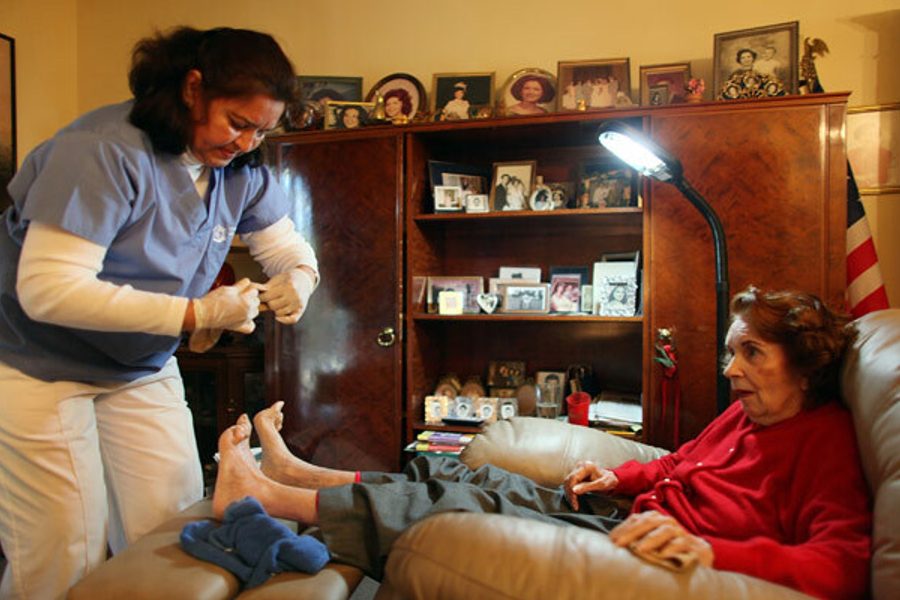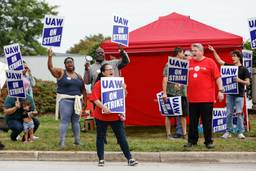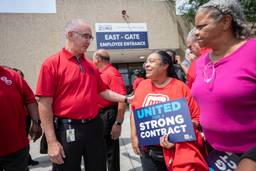
As walking canes replace running shoes, and the parents who raised us start needing to be cared for themselves, the first dawn of America’s aging boom approaches. But even as the “gray wave” looms on the horizon, the way we treat the workers who care for our elders lags generations behind.
Hundreds of thousands of home care workers remain excluded from the country’s key labor laws. As with many other groups of “excluded workers,” like farm and day laborers, inequities in the law hit immigrants and people of color the hardest. And the stakes are higher in home care industry, in which demand for, and the cost of care, reach unprecedented levels. More people have been moving toward home- and community-based services for the elderly and people with disabilities, as alternative to institutionalization. Evidence indicates caring for people at home is in many cases more cost-effective than conventional nursing homes.
Yet for all the help they provide, home care workers feel a bit neglected these days. Through an arcane provision in federal labor law, Washington has essentially shut home-based health workers from minimum-wage and overtime rules. That means home health aides may be even worse off than regular domestic workers, who are at least technically entitled to federal minimum wage. The Department of Labor has since the 1970s manipulated an exemption for “companion” workers “into a wholesale exclusion” of some 1.7 million skilled workers, according to a report by the National Employment Law Project:
The result has been to suppress wages for the home care workforce, consigning millions of caregivers — the overwhelming majority of them women, many of them immigrants and women of color — to working poverty. The lack of ordinary overtime coverage has also facilitated excessive hours in small segments of the industry. Long hours are not only grueling for workers but can contribute to worse care for patients, as caregivers working 60 hours or more a week face fatigue and stress in performing what is a demanding job under any circumstances. These substandard working conditions have created very serious employee recruitment and retention problems, generating labor shortages that prevent us from meeting the nation’s rapidly growing need for home care.
NELP has called on the Department of Labor to revise its regulations to include home care workers under federal wage-and-hour protections. Absent federal protection, only 21 states and the District of Columbia currently provide minimum wage or overtime. Still, the NELP points to those local examples as proof that federal coverage of home care workers is feasible.
The need for regulation has increased as the home health industry assumes a more prominent role in the healthcare system. Medicaid funds support many of the agencies that employ the majority of this workforce. And with the home-health aide workforce expected to surge by about 50 percent from 2008-2018, NELP notes that government oversight has tightened as the sector has boomed, and some states have set up public authorities to administer home care services.
Nonetheless, the workforce is asked to do a lot for very little. Workers carry out not just regular companionship duties but also paramedical services like monitoring vital signs and administering medication. Yet a typical aide can work full-time and still not make enough to live on; the 2009 median hourly wage was just $9.34.
Meanwhile, funding shortfalls and budget theatrics in Washington are driving both parties to attack healthcare for the poor and aging. The latest Republican budget proposal would gut Medicaid through some $100 billion in “savings” over the next decade (directly countering promised expansion of Medicaid under health care reform), plus additional cutbacks in Medicare, which of course provides basic medical coverage for seniors. And adding insult to injury, the budget axe is hovering over their social security checks, too.
Earlier this month, the National Domestic Workers Alliance, which has campaigned for the rights of home-based labor across the country, brought the voices home-based workers to Washington at the Caring Across Generations conference. Ai-jen Poo, executive director of the Alliance. emphasized the connection between quality care and decent work:
Caring for the aging and people with disabilities is one of our most important responsibilities as a nation. That means protecting the vital services we have — Medicaid, Medicare, and Social Security — and creating the quality care jobs, training, and family support that we need.
We live in a political climate that constantly devalues critical service sector work, from teaching our kids to keeping the streets clean. Our elders are growing older in the same hostile climate. So we ought to ask ourselves what society collectively owes to the workers with whom we entrust the health and comfort of loved ones. Your grandmother’s home caregiver, who may be just like a family member to her, has a family of her own to take care of when she goes home at night.

I hope you found this article important. Before you leave, I want to ask you to consider supporting our work with a donation. In These Times needs readers like you to help sustain our mission. We don’t depend on—or want—corporate advertising or deep-pocketed billionaires to fund our journalism. We’re supported by you, the reader, so we can focus on covering the issues that matter most to the progressive movement without fear or compromise.
Our work isn’t hidden behind a paywall because of people like you who support our journalism. We want to keep it that way. If you value the work we do and the movements we cover, please consider donating to In These Times.
Michelle Chen is a contributing writer at In These Times and The Nation, a contributing editor at Dissent and a co-producer of the “Belabored” podcast. She studies history at the CUNY Graduate Center. She tweets at @meeshellchen.







